The day started out sunny, with just a little bit of cirrus in the sky. By about 0830L, the vultures near the airport were testing the first slight thermals, but even they could not make it very high above the ground. By 0930, they had better success, and the first very small cumulus clouds showed up in the sky. After the usual hectic pre-flight period, HALO took to the sky at 1029 local time, or 1429Z.
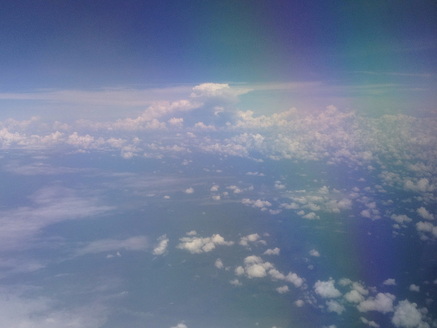
Today, we wanted to investigate the behavior of clouds growing in clean air, and the models and satellite images had predicted that we would find good conditions for this purpose around Boa Vista, some 600 km north of Manaus. We performed a slow climb to 39,000’ through a moderately hazy boundary layer with about 600 CN/cc. At this time, cloud bases were about 3600’ and cloud tops reached 6000’. At 1456Z we arrived at FL390, stayed there for some 5 minutes and began our descent again into the BL. Some large cumulonimbus clouds to the NW looked like they reached above 40,-000'. The Cb in the image to the right could actually be seen on the Aqua MODIS satellite image, and we ended up sampling its outflow later in the flight (after 1831Z).
The highest tops were now at ~18,000’ and average tops at ~15,000’. In the BL, we found CN counts of 600-800 /cc. After turning south again near Boa Vista, we sampled the growing cu’s from cloud base at 3500’ up to 36,000’, and the headed southeast to sample the Cb outflow mentioned before. After about an hour of this, at 1912Z, we left this outflow, to fly to another large outflow from a beautiful, big Cb closer to Manaus (picture below). Here we were greeted by the noise of static discharge, a smoggy smell in the air (ozone? NO2?), and high particle counts (~4000/cc). A bit spooky, but very exciting to us! After 1954z we left this outflow, descended, entered the mixed layer at 14,000’ with CN ~550/cc.
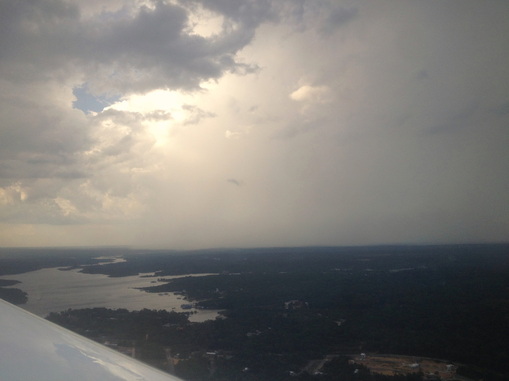
On the final approach to Manaus airport, we flew along a huge and threatening looking thundershower. Good thing we were able to land before this came over the airport! Landing was at 2020Z.
The science crew today was Meinrat Andreae (Mission PI), Micael Cecchini, Florian Ewald, Mira Krüger, and Sergej Molleker.
The science crew today was Meinrat Andreae (Mission PI), Micael Cecchini, Florian Ewald, Mira Krüger, and Sergej Molleker.
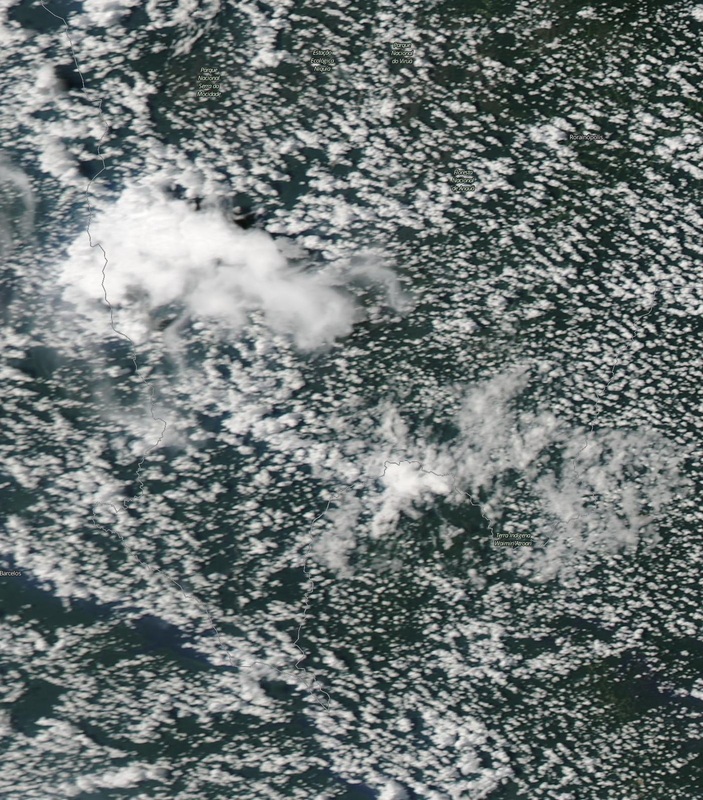
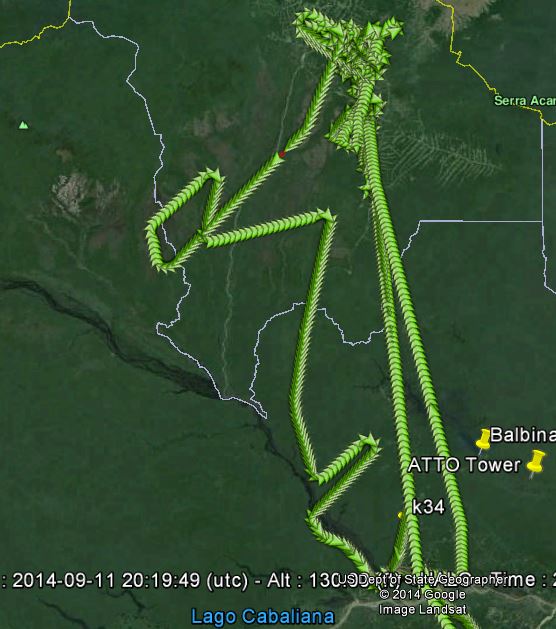
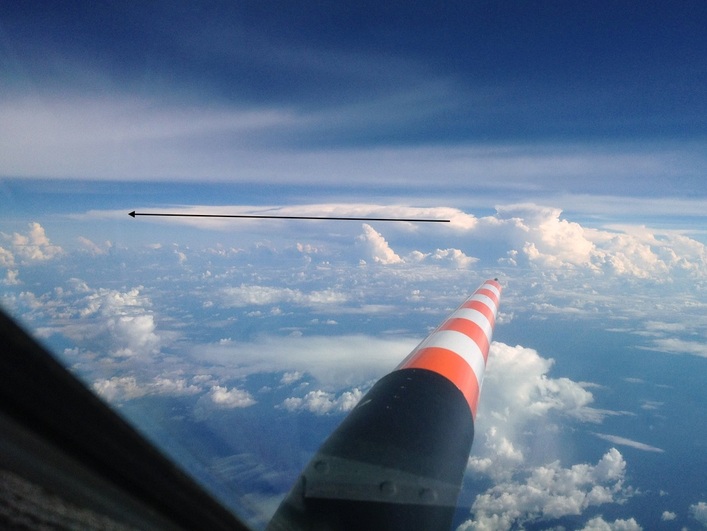
 RSS Feed
RSS Feed